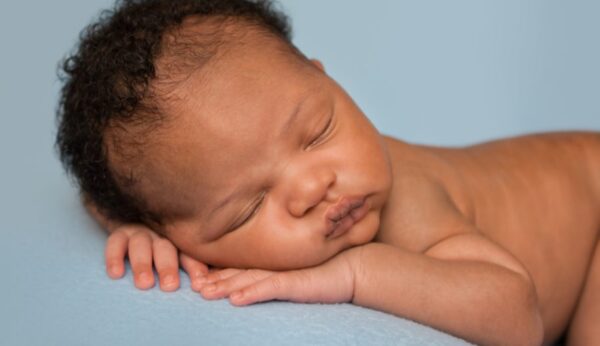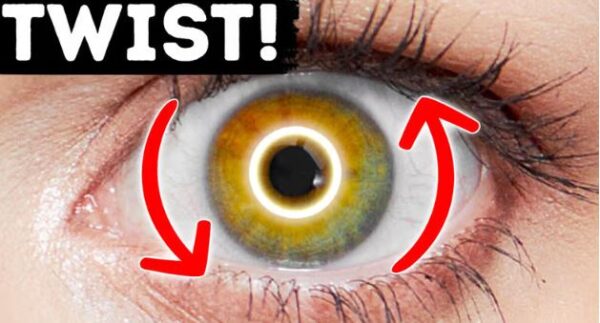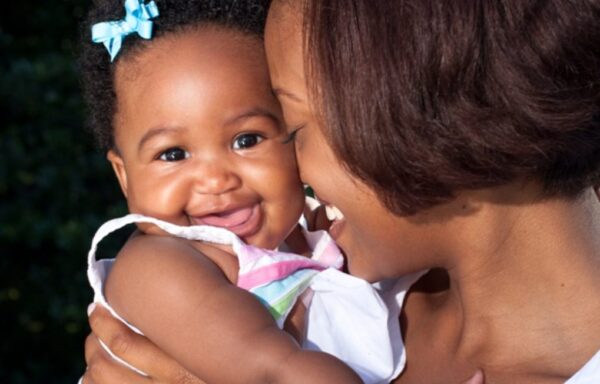
The human body is an incredible structure of balance, precision, and evolution. While most parts grow and change, a few are built to last from day one.
From the moment we’re born, organs, bones, muscles, and tissues begin to develop at different rates.
Some parts grow rapidly, like the brain during the first few years of life, while others grow gradually, continuing to change well into adulthood.
However, not every part of the human body follows this growth pattern. Interestingly, there are a few body parts that remain the same size from the moment we’re born until the end of our lives.
These parts are either fully developed before or at birth and do not change in size thereafter.
In this article, we’ll explore five unique body parts that do not grow after birth, and the fascinating reasons why.
1. Ossicles (Middle Ear Bones)
The ossicles are the smallest bones in the human body, and they’re the first to reach their full size before birth. They are found in the middle ear, and the ossicles are composed of three tiny bones: the malleus (hammer), incus (anvil), and stapes (stirrup). These bones are crucial for hearing as they transmit sound vibrations from the eardrum to the inner ear.
At only about 3 millimetres in size, these bones are fully formed while the baby is still in the womb. After birth, they do not grow any further. There’s simply no space for them to expand, and any abnormal growth can lead to hearing problems. Without properly functioning ossicles, sound transmission is impaired, making them vital to our sense of hearing throughout life.
You might be surprised to learn that your eyeballs have stayed the same size since the day you were born. Unlike other organs, which grow significantly, the eyeballs remain roughly the same size, about 24 millimetres in diameter, for your entire life.
This is why newborn babies appear to have larger eyes in proportion to their heads. As the rest of the face grows, the eyes maintain their original size, eventually appearing more proportionate in adulthood. Though their size stays constant, the function of the eyes can change with age due to other factors like weakening muscles or lens changes.
3. Eye Lenses)
Another part of the eye that doesn’t grow is the lens, the transparent structure that helps focus light onto the retina. Though it doesn’t grow, the lens does age. Over time, it becomes less flexible, which is why many people develop vision problems like presbyopia (difficulty seeing close objects) as they age.
Since the lens cannot adjust to the changing shape and distance needs of the eye, this inflexibility leads to blurry vision or the need for reading glasses in middle and old age.
4. Teeth (After Formation))
While teeth aren’t present at birth, they’re already developing inside the gums. The first set, baby teeth, erupt between 6 months and 3 years of age. After they fall out, the permanent teeth come in.
Once a tooth has fully erupted, it does not grow any further. Its size remains fixed throughout life. Unlike bones, teeth cannot regenerate or grow larger, which is why damage from decay or injury often requires fillings or replacement.
5. Cornea)
While not completely without growth, the cornea, which is the transparent front part of the eye, undergoes minimal size changes after birth. It stabilises in size relatively early in life, contributing to the impression that your eyes are the same size from infancy to adulthood.

)
)
)










